The benefits of pitanga mainly involve helping to lose weight because it has few calories and therefore the pitanga juice is a great diuretic drink to take while dieting and also helps to keep the skin healthy and beautiful as it is rich in vitamin A.
In addition, the pitanga also protects the cells from damage caused by poor diet and stress, for example, because it is a fruit rich in antioxidants such as anthocyanins, flavonoids and carotenoids. These substances also give other benefits to cherry, such as:
- Prevent cardiovascular diseases,
- Combat inflammatory diseases such as arthritis,
- Prevent degenerative diseases such as cancer.
Pitanga is an aromatic fruit used in sweets, jellies, ice cream and soft drinks.
Nutrition information for the pitanga
| Components | Amount per 100 g of pitanga |
| Energy | 46.7 calories |
| Proteins | 1.02 g |
| Fats | 1.9 g |
| Carbohydrates | 6.4 g |
| Vitamin C | 14 mg |
| Vitamin A (retinol) | 210 mcg |
| Vitamin B1 | 30 mcg |
| Vitamin B2 | 60 mcg |
| Calcium | 9 mg |
| Phosphor | 11 mg |
| Iron | 0.20 mg |
Besides the benefits of the fruit, the leaves of the pitangueira are also good for health because they have purifying and digestive properties that fight against diarrhea, for example.
To know how to make the tea of pitangueira leaves see: Home treatment for Diarrhea.
Recipes with pitanga
These two recipes for juice and pitanga mousse are simple and different ways to eat pitanga.
Recipe for pitanga juice
Pitanga juice is an excellent option for those who want to lose weight because it has few calories.
Ingredients
- Half cup of pitangas
- 100 ml of ice water
- 1 teaspoon of honey
Method of preparation
In a container, wash the pitangas and remove the talin, then add to the blender with the seed and the ice water. Beat until the seed comes loose from the pulp. Strain, add honey and serve with ice.
Recipe for pitanga mousse
The pitanga mousse recipe is an excellent choice for a weekend dessert.
Ingredients
- 12 g unflavored gelatin powder
- 400 g Greek yogurt
- 200 g of frozen cherry pulp
- 3 egg whites
- 2 tablespoons brown sugar
Method of preparation
Add 5 tablespoons of cold water to the gelatin and bring to the boil in a water bath until dissolved and reserved. Beat in the blender the Greek yogurt, the cherry pulp, half a glass of water and the dissolved gelatin. In a blender, beat the egg whites with the sugar until doubled in volume, add to the pitanga cream and mix gently. Place the mousse in a bowl and refrigerate for about 4 hours or until firm.
The time of the pitanga in Brazil is between October and January and the fruit can be found in the natural form or in frozen pulp in the supermarkets.
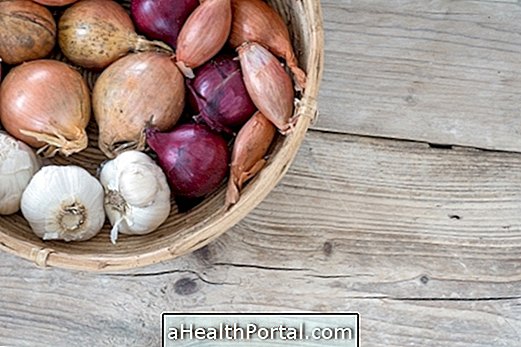

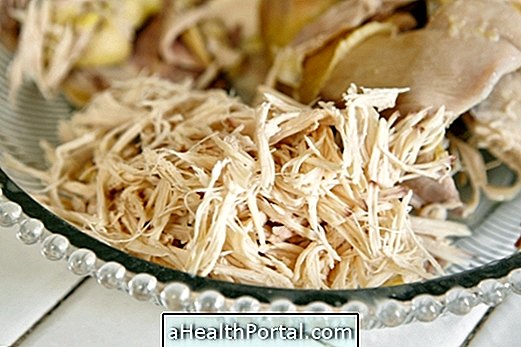
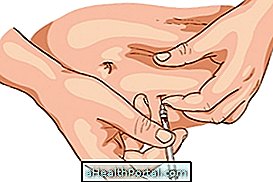
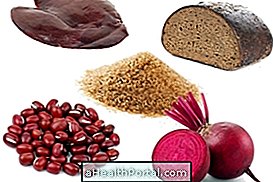
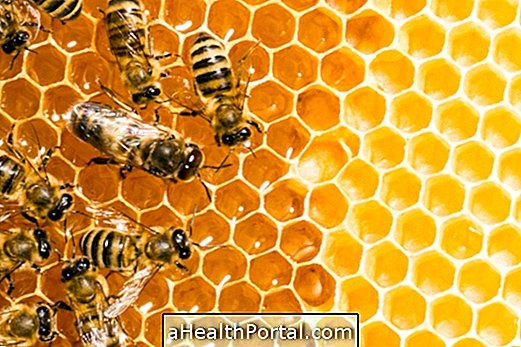

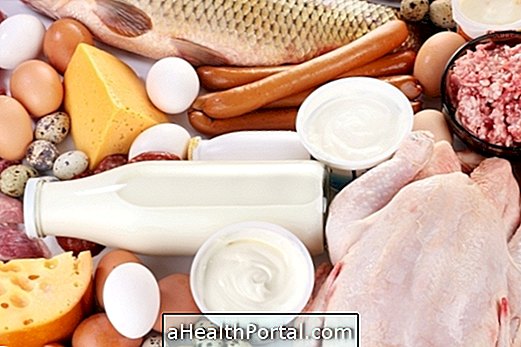


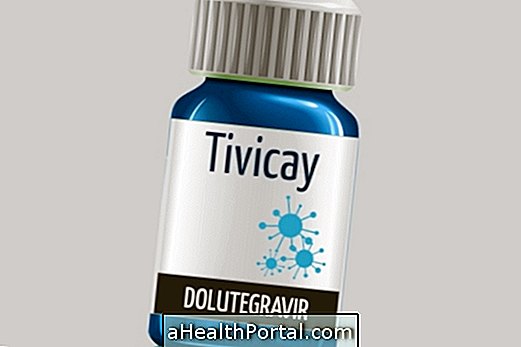



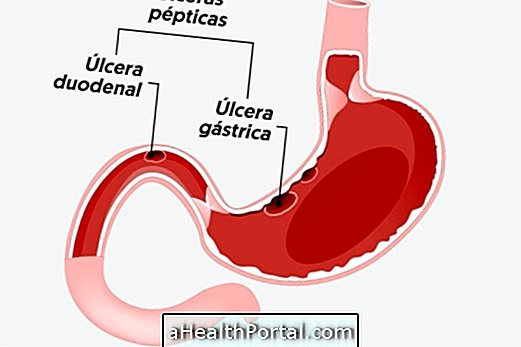
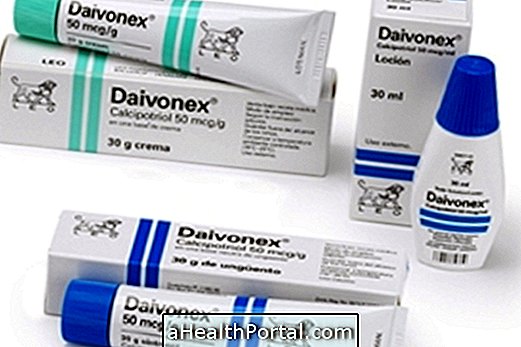
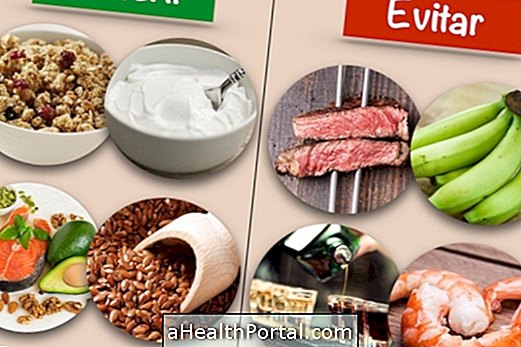

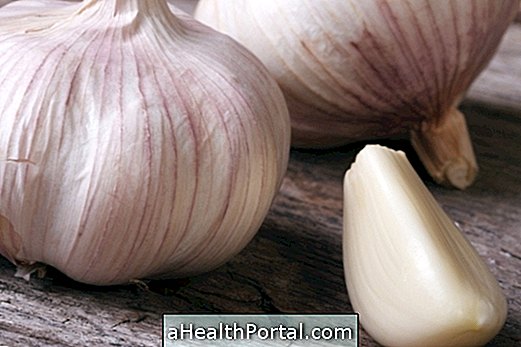

.php)

